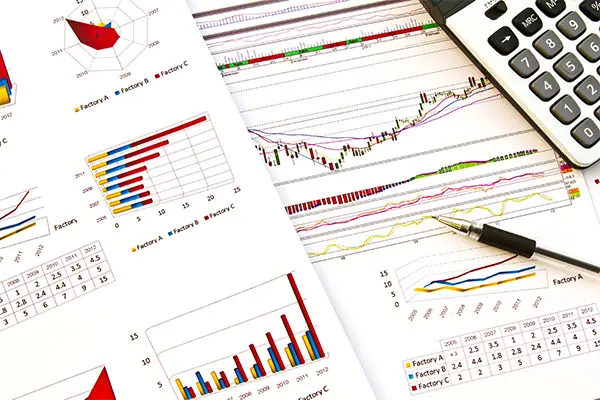Introduction
Bitumen, a versatile material utilized across various industries and countries, comes in different types and grades, each with specific applications. The price of bitumen varies depending on several factors, including oil prices, market conditions, and demand for petrochemical products. Understanding these dynamics and influential factors is crucial for stakeholders to navigate the bitumen market effectively.

Factors Affecting Bitumen Prices:
Vacuum Bottom (VB) Price: Bitumen manufacturers derive bitumen from the heaviest part of crude oil known as vacuum bottom. Fluctuations in VB prices have a significant impact on bitumen costs and related petrochemical expenses.
Oil and Fuel Prices: As bitumen is derived from crude oil, changes in oil and fuel prices directly influence bitumen prices. Higher oil prices typically lead to increased bitumen costs, while lower prices can result in more affordable bitumen.
Political Circumstances: Political events, such as geopolitical tensions or changes in government policies, can affect the supply and demand of bitumen. These circumstances may disrupt production or transportation, leading to price fluctuations.
Currency Exchange Rates: Bitumen prices can be influenced by currency exchange rates. When the value of a country’s currency weakens against major currencies, the cost of importing bitumen may increase, impacting prices in the local market.
Demand and Supply Dynamics: Bitumen demand and supply rates in the market play a crucial role in determining prices. Factors such as construction activities, infrastructure projects, and seasonal variations impact the demand for bitumen. Imbalances between supply and demand can affect price levels.
Implications of Bitumen Price Fluctuations:
Construction Costs: Bitumen prices directly affect construction costs, as it is a key component in road construction and infrastructure development. Higher bitumen prices can increase project expenses, potentially impacting the feasibility of construction projects.
Profitability and Competitiveness: Fluctuating bitumen prices can impact the profitability and competitiveness of businesses involved in bitumen production, distribution, and construction sectors. Companies must carefully manage their operations and pricing strategies to mitigate the effects of price fluctuations on their profit margins.
Economic Impact: Bitumen prices have broader economic implications, influencing investment decisions, job creation, and overall economic stability. Changes in bitumen prices can impact infrastructure development, transportation costs, and related industries.
| Bitumen Grade (Drum) | FOB Jebel Ali Bitumen Price USD |
|---|---|
| Bitumen 60/70 | 366 – 371$ |
| Bitumen 80/100 | 366 – 371$ |
| Bitumen 40/50 | 370 – 374$ |
| Bitumen VG 10 | 366 – 371$ |
| Bitumen VG 30 | 366 – 371$ |
| Bitumen VG 40 | 370 – 374$ |
| 60/70 SPOT Test Positive | 341 – 346$ |

Conclusion
In conclusion, bitumen prices are influenced by various factors, including VB prices, oil and fuel prices, political circumstances, currency exchange rates, and demand-supply dynamics. These factors contribute to price fluctuations, impacting construction costs, business profitability, and the overall economy. Stakeholders in the bitumen industry must closely monitor these dynamics and make informed decisions to adapt to changing market conditions. By understanding the complexities of bitumen pricing and its influential factors, industry players can effectively navigate the market and optimize their operations.
Average annual OPEC crude oil price 2017: 52.51 USD
annual OPEC crude oil price 2018: 69.78 USD
Average OPEC crude oil price 2019: 63.83 USD
| Bitumen Price | FOB Jebel Ali Bitumen Price USD |
|---|---|
| Bitumen Jumbo bag 1 MT in Steel Cage | 362 – 366$ |
| Bitumen Jumbo bag 300 Kg | 359 – 364$ |
| Bulk Bitumen 60/80 FOB Korea | 385 – 390$ |
| HSFO 380 CST FOB Singapore | 425 – 429$ |
| SPOT Test Positive (Iraq Bitumen) | 341 – 346$ |




Leave a Reply
You must be logged in to post a comment.